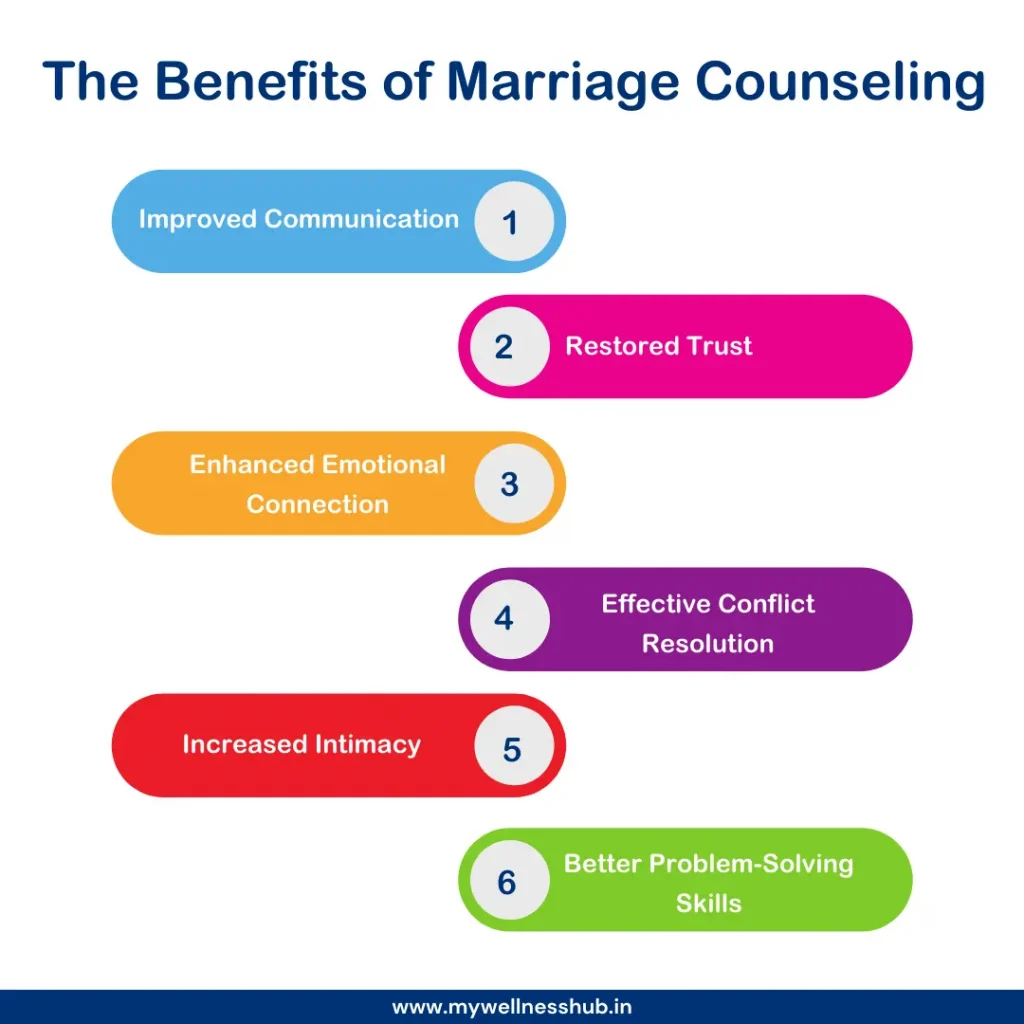Some Known Questions About Aim Point Counseling.
Some Known Questions About Aim Point Counseling.
Blog Article
Getting The Aim Point Counseling To Work
Table of Contents4 Easy Facts About Aim Point Counseling ShownEverything about Aim Point CounselingExcitement About Aim Point CounselingHow Aim Point Counseling can Save You Time, Stress, and Money.Indicators on Aim Point Counseling You Need To Know6 Simple Techniques For Aim Point Counseling
The longitudinal style involves a pre-treatment survey and 2 follow-up surveys at 3- and 12-months post-intervention. The study is established in eight Relationships Australia Victoria centres, throughout city, outer suburbs, and regional/rural sites. Relationships Australia, a non-government organisation, is the biggest service provider of couple counselling and partnership solutions in Australia.
In Australia, the typical length of marriage prior to splitting up is 8.8 years, and about half of all divorces involve couples with children [1] These high prices of connection failure have actually been consistently connected with unfavorable health consequences for both grownups and kids adhering to divorce/separation. These consist of seclusion from support networks, and reduced income and criterion of living for both grownups and children [3], issues of commitment over kids for men, and clinical depression and loss of identity for females [4,5]
Aim Point Counseling for Dummies
Longitudinal researches likewise recommend that children of divorce have a greater occurrence of psychological disorders, medicine and alcohol usage, and high-risk sexual behavior [7] The effects of separation and separation can be detrimental, research suggests that high connection discord in undamaged pairs is likewise most likely to have unfavorable end results.
Elements that influence the outcomes of these services need extensive investigation. Study to day has actually identified both pair and private elements that may contribute to connection discord. These consist of relationship complete satisfaction and dedication at the pair level, and clinical depression at the individual level. Nevertheless, robust research study to assess relationship-enhancing interventions in the area are scarce.
Getting The Aim Point Counseling To Work
Relationship contentment has been the most common outcome variable determined in greater than 200 examinations of pair coaching [11,12] Studies have actually located considerable renovations in partnership contentment from pre- to post-treatment [13,14] and throughout one to two years following therapy [15] In these studies, connection contentment was most often analyzed using the Dyadic Adjustment Range (DAS) [16] Therefore, while the majority of studies show enhancements in partnership contentment adhering to couple counselling, they are limited by the examples and procedures used, greatly temporary follow-up amount of time, and analyses that do not account for the dyadic nature of pair information. Partnership dedication, based on procedures such as the Commitment Inventory (CI) [19], is an additional frequently checked out partnership outcome.
To summarise, research suggests that couple-specific variables as well as individual aspects may forecast the end results of pair coaching and partnership solutions. The causal direction of these partnerships, nonetheless, is less clear. These observations are very important, considering that, to warrant and assist the application of relationship services such as pair therapy, empirical evidence must explore both the results of partnership solutions and the variables that forecast effective therapy.
As a result, there is a growing consensus that efficiency researches ought to be matched by performance study to best inform scientific practice [ 29] The minimal performance research study that exists to day recommends that pair counselling can improve end results such as relationship complete satisfaction [33,43], communication abilities and basic wellness [44], a minimum of in some European countries.

We presently understand little about the accounts of pairs who look for relationship education compared to those that seek relationship therapy, or the results of these programs. Nonetheless, anecdotal evidence suggests that there may be considerable distress among a minimum of some couples seeking connection education. Relationship education programs vary from pair coaching as they are normally extremely structured, conducted in groups, and concentrate on a mixture of 4 components; awareness, responses, cognitive adjustment, and skills training [45]
How Aim Point Counseling can Save You Time, Stress, and Money.
Feedback includes participants finishing surveys regarding their partnership (e.g. procedures of social troubles), and receiving information on what their ratings indicate. Cognitive-behavioural approaches advertise changing cognitions to help with positive relationships. These may consist of promoting practical attributions/expectations around unfavorable partner practices [46] In abilities training, pairs go to talks or discussions on partnership abilities, and practise these throughout facilitator-led activities [ 45]
These meta-analyses highlight constraints in the current literature on connection education and learning. This example account may not represent clients that generally present for connection education my explanation and learning.
An Unbiased View of Aim Point Counseling

Really little study has actually analyzed the relative benefits of pair therapy and connection education and learning programs. As customers are likely to self-select into these solution types, it is unclear whether characteristic partnership distress profiles existing to each service type, or certainly whether there is an interaction between providing profile, solution type and outcome.
(https://www.intensedebate.com/people/a1mpoint)
Therefore, we have actually consisted of a 12-month follow-up to determine longer-term patterns and effects.
For that reason, we recommend to use multi-level statistical modelling procedures that regulate for the inter-dependence of couple data to assess any type of therapy effects. The specific purposes of the ECC study are to: 1. Map profiles of customers looking for area agency-based couple therapy vs. connection improvement programs in terms of socio-demographic and relationship signs (such as partnership fulfillment, partnership dedication, interpersonal problems, and factors for participating in), as well as health (such as clinical depression, general wellness) and wellness service use (eg.
2. Figure out whether couple counselling and partnership education and learning solutions boost 3- and twelve-month end results for partnership fulfillment, commitment, and clinical depression, utilizing statistical analyses ideal to couple information. 3. Determine the family member payments of customer elements (specific and couple) and therapy/education variables to end results at 3- and 12-months, and to sustainability of outcomes in time.
How Aim Point Counseling can Save You Time, Stress, and Money.
Multi-level modelling to figure out pre-post distinctions, regulating for dyadic (pair) degree. To contribute to the literary works examining the efficiency of community-based pair counselling.
Report this page